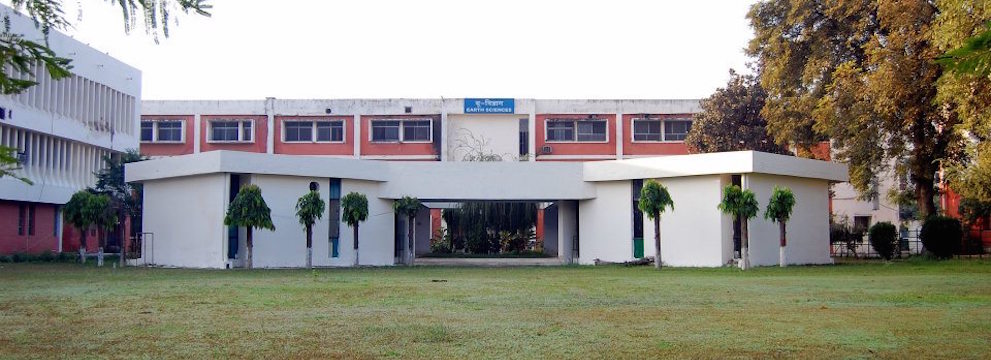
Earth Sciences
Mostly harmless.
You have probably come across a handful of branches prefixed ‘geo’ in your information brochure. You might have scurried over a few Google results, took it as a bunch of seemingly alien subjects - magnetotellurics, plate tectonics, stratigraphy, volcanology – invariably dealing with Earth, its composition or development history, devised to fulfill some inscrutable purpose. It is likely you have treated them with close-folded arms, and post allotments, cursed the universe for landing you in a branch that cuts you off from the fancy world of computers and electronics.
In a different scenario, if you have researched a bit, you might have spurred to sudden joy, instantly learning that the average salary package is the second highest after Computer Science. In all truth, both the chunks of sketchy information can easily lead you astray.
To start from scratch, Earth Science is the systematic study of Earth and its various processes, which include the building of mountains and occurrences of earthquakes. Geoscience finds applications in a plethora of scientific fields, from reconstructing the history of Earth to mineral and oil exploration, from expounding the biogeochemical cycling of elements to contributing in environmental conservation. It forms a part of Planetary Science, and geoscientists in agencies like NASA are now evaluating the feasibility of civilisations in celestial bodies.
The Department of Earth Sciences at IIT Roorkee offers five-year integrated courses in two disciplines: Geological Technology and Geophysical Technology. Geophysics, which employs a wide breadth of physical methods and principles to assess Earth’s dynamics, has a greater mathematical edge and frequently incorporates non-core subjects. Geologists are adept at direct interpretation of geological properties for its various applications.
Quite likely, in both the branches, all interesting Physics, Chemistry and Maths that you have been accustomed to, are held in abeyance for a while, easily surpassed by theoretical subjects. However, develop a slight taste and the branch has a lot to offer. Field trips are an integral component of the course curriculum. The niceties render the structure research intensive, only racked up by the combat between rising energy demands and growing environment concerns.
The fields of research in the branch can be broadly classified into academic and industrial. Academic research deals with the core subjects like metamorphic, igneous petrology, fluid inclusion and geochemistry. Industrial research deals with application of seismics, well logs, structural geology, sedimentary petrology and stratigraphy. You will, of course, spend the rest of your stay at IITR deciphering what the above mentioned jargon means.
Geoscientists play a key role in the oil and gas sector. With the increasing importance of coding on reservoir simulations, the application of artificial neural networks in predicting river fluxes and drainage and the use of remote sensing and GIS for urban planning and study of distant planets, the field offers unlimited potential for growth. The pool of recruiters at IIT Roorkee includes some of the world’s leading oilfield E&P services companies like Schlumberger, Royal Dutch Shell, Cairn India and PSUs like ONGC. The initial pay scale varies from 7 to 21 lakhs per annum, depending upon the type of job you pursue. Field engineering jobs fill your pockets deeper than the data processing ones, but equally emphasize on physical fitness. The average salary figures can however be misleading, unduly surged up by a fraction of high paid ones.